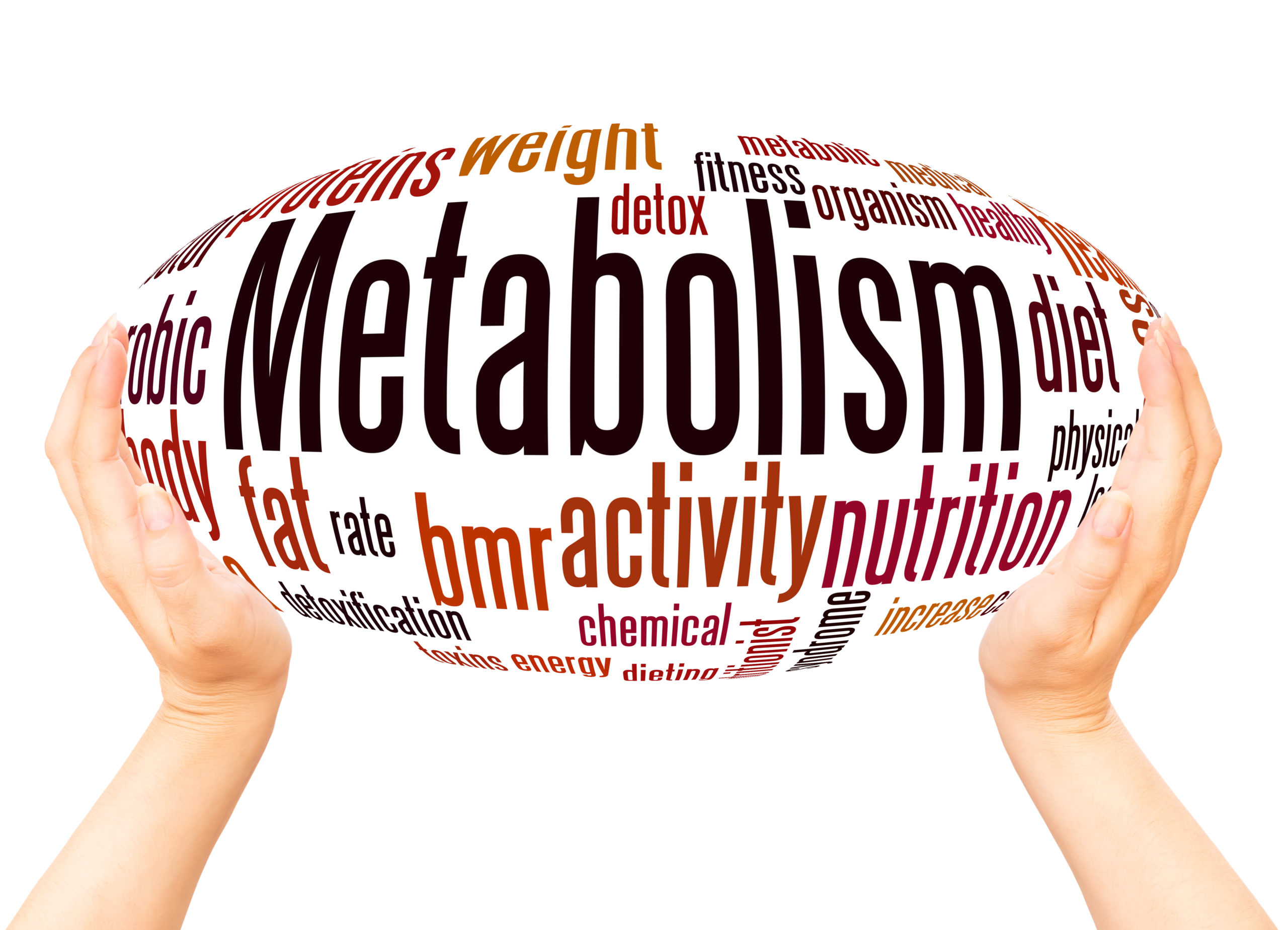And the gold standard of help, especially for those pesky vasomotor symptoms (such as hot flashes and night sweats) and genitourinary symptoms (such as urinary incontinence and vaginal dryness) is Hormone Therapy. Or Hormone Replacement Therapy if you prefer. HT or HRT because we’re a society in such a rush we don’t even have the patience to say the full names of things anymore.
So HT is the first stop on the ‘getting help’ bus from doctors. And for some foolish reason, I expected that I could just go and get me some hormone therapy, wait for a bit so it could take hold, and then swan off into the future with my hormones managed and my systems soothed.
Why, o why, would I actually believe it is that simple? Because it sure wasn’t. When I started to read up on hormone therapy so that I could be educated enough to hold a conversation with my doctor, I started to get confused.
The information I could find had all sorts of different names for different ingredients.
There was conflicting guidance about what types of hormones are in or should be in HT.
There were multiple sources of information telling me to do this, not that.
Use this test, not that one.
Take these, not those.
Use this type of pharmacy, not that type.
Bioidentical vs synthetic.
Compounded vs non-compounded.
Pregnant horse pee vs wild yams.
Natural vs not sure what – un-natural?
And it paralyzed me.




